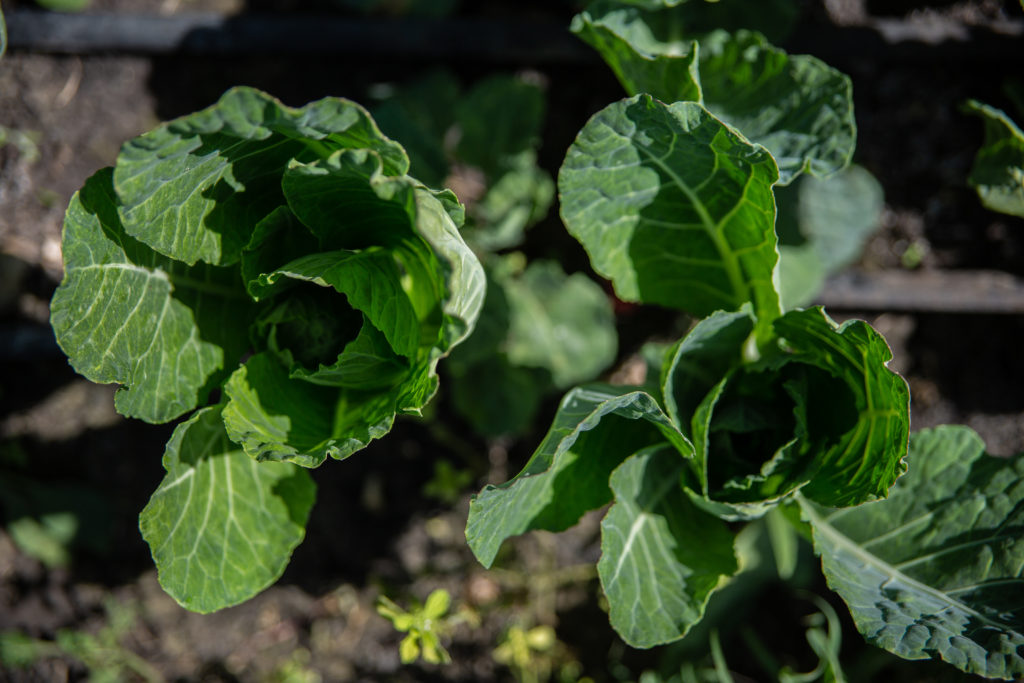- Our membership is huge!
With civil society presence in nearly 50 countries, we always knew we were a large network. But after gathering the data from this year’s Annual Survey we have discovered that we have an incredible 4212 member organisations in the Scaling Up Nutrition Civil Society Network (SUN CSN)!1 This number has increased exponentially 2 in the last five years and makes the future of the CSN only more exciting.
The Annual Survey has also allowed us to look at the breakdown of membership. We have learnt that over 80% of our members come from national non-governmental organisations, with 11% hailing from INGOs.3 As part of the diverse membership of the CSN, we also have representatives from academia, social movements and consumer rights organisations, 4 all working to increase and uphold civil society space and work.
- The CSN is brimming with advocacy champions
Despite the difficulties posed in 2020 by the Covid-19 pandemic, particularly in the financial sphere, the Civil Society Alliances (CSAs) who filled out the Annual Survey have still reported some incredible achievements. As the CSN membership grows, so does our potential for change and the themes we are focused on. This year, CSAs’ achievements have covered more categories than ever before. 5
A few themes have stood out in the data. The most cited category for achievement is in ‘increased awareness’ (74%) as well as ‘governance strengthening’ (55.6%), ‘new or revised legislation’ (59.3%) and ‘influencing key stakeholders’ (55.6%).
- We have an amazing range of thematic expertise
Between the 2017 and 2020 data we have seen an impressive increase in the range of expertise civil society members focus on, in particular around the issues of resilience, breast milk substitutes (BMS) and youth engagement. Indeed, over 50% of CSAs’ workplans focus on youth empowerment. In addition, we can see in thematic expertise an emphasis on advocacy work, with over 80% of CSAs undertaking advocacy activities, and 60% focusing on budget advocacy, parliamentarian engagement and policy development.
- Yet more work needs to be done
Barriers are inevitable but, by overcoming them together, they only make our network stronger.Gathering the data from the Annual Survey and analysing these barriers gives us a better chance of learning from what has worked and what can be improved in the future. The two most common barriers to operationalisation cited by CSAs are low funding (41%) and low commitment (41.9%) which seem linked given that a lack of funding often means volunteer staff and more demands on their time. We also saw high results for lack of policies (32.3%) and a lack of multi-sectoral collaboration (25.8%).
The Annual Survey also looked at more widespread barriers to ending malnutrition across the globe where, once again, the problem of low funding stood out with 41.9% of CSAs citing it as a barrier to ending malnutrition and 77.4% citing it as a major challenge last year.
- Priorities for the years ahead
Looking to the future, the Annual Survey asked CSAs about their priorities for the next year. You can see in the full analysis that there is a great deal of qualitative information as the CSAs discuss their upcoming workplans and ideas for next year. But in terms of quantitative data, a few key priorities stood out. Firstly advocacy, both at national and sub-national level. With the ongoing Nutrition Year of Action and related key nutrition events, advocacy is a huge priority for the whole SUN Movement this year.
Secondly, CSAs have cited mobilising funds for nutrition as a key priority. As we have seen that a lack of funds is a huge barrier and challenge faced by CSAs, it is crucial that we prioritise funding for CSAs and CSOs this year.
Finally, inputting and monitoring National Nutrition Plans has also come as a high priority. This is a key piece of work for the SUN Movement and creating the space for civil society in these areas is hugely important to end malnutrition.
These highlights represent a tiny fraction of the information we have extracted from the 2020 Annual Survey. If you want to learn more you can read the full report and, as ever, explore SUNLABs where you can see all the data and curate your own graphs and dashboards which may be more relevant to specific regions and countries. Using data to monitor and evaluate is crucial to improving our work, and at the Secretariat we really encourage you to continue having these discussions in country to make informed and evidence-based decisions.
Check out the full report here: https://www.suncivilsociety.com/wp-content/uploads/2021/06/as-report-final.pdf
References


